 Abraham Lincoln
If given the truth, the people can be depended upon to meet any national crisis...
Abraham Lincoln
If given the truth, the people can be depended upon to meet any national crisis...
 Guildford news...
for Guildford people, brought to you by Guildford reporters - Guildford's own news service
Guildford news...
for Guildford people, brought to you by Guildford reporters - Guildford's own news service
Birdwatcher’s Diary No.31
Published on: 16 Mar, 2013
Updated on: 16 Mar, 2013
By Malcolm Fincham
I took advantage of a brief warmer spell of weather during the first week of March by taking my wife, binoculars and camera on a short holiday to Cornwall – think I got it in the right order?
The holiday included a few coastal walks in the hope to add some new pictures to both my collection and my reports, and a few scenic shots and views along the way.
I must say we were very fortunate with the weather as some of the pictures show. The birds seen on the heathland surrounding the coast were much the same as on our local Surrey heathland, with an abundance of stonechats, meadow pipits, linnets and a few yellowhammers, with many singing skylarks in the fields beyond.
However, on the cliffs below many different sea birds could be seen. My personal favourite bird to watch was the fulmar. A gull-like bird but in fact a relative to the albatross. The fulmar is noticeable by its “stiff-wing” glide around the cliff face and also for defending its territory with great vigour – spitting a foul smelling oil at any predators that dare to venture too near.
Also on display were a number of other species of gulls including lesser black-backed and herring gull, although these birds are more often seen inland in our cities these days. Sadly, as with many gulls, numbers have declined by 40% or more in many areas over the last 25 years and has therefore created growing concerns among birdwatchers and naturalists.
Lower on the cliffs at sea level rock pipits could be seen. These are similar birds to the meadow pipit, but stockier and with darker legs.
On one occasion even my wife got in on some accidental birdwatching. While taking a few scenic pictures, she happened to notice what she thought was an unusual bird sitting on a rock and so took a snap shot of it.
I was off hiking along the coastal path at the time, but on my return she showed me the pictures she had taken (on her reasonably priced bridge camera I’d bought her for Christmas). I instantly recognised the bird as a peregrine falcon. What a great spot! And what a great investment it was to buy her such a good camera! Coincidently, it must have taken flight just before my return as I also captured a few shots of it as it flew by me.
At the risk of sounding like Radagast the brown wizard from Tolkien’s trilogy The Lord of the Rings – who also appears in the latest film The Hobbit – who knew the speech of birds and beasts (my looks and dress code maybe more suited than my wisdom) I did mention at the end of my last report that a little bird had told me of more cold weather to come in March! And it certainly had by the time we arrived back in Surrey. Fortunately although we got the icy blast I expected, we didn’t get the snow predicted that hit Kent and Sussex on the evening of the March 11.
So on Tuesday the 12th, although the wind chill factor was still minus zero, I decided to visit Farlington marsh near Portsmouth. This is a nature reserve I hadn’t visited since last August, and I wrote about it in my report number 16. At the time I was waving goodbye to our summer migrants. Although some will be due to arrive back at any time now, I was far from expecting to see any coming back on such a cold morning with a strong easterly breeze blowing.
The brent geese were, however, looking very much at home feeding on the grass between patches of snow. These birds pair for life and fly in family groups (in late October/early November) all the way from sub-Artic regions of Siberia where they breed.
They over winter mainly on the south-eastern shores of the UK and will soon return, having done a round trip of over 5,000 miles.
I was very pleased to see and capture some distant pictures of a spoonbill at the far end of one of the lagoons. They are still a rare sight, and the first known breeding Spoonbills in the UK for 300 years was in Norfolk in 2010.
Also on the lagoon were other various waders and also ducks including a number of pintail and dabchicks (little grebe) as well as a fly over of a flock of shelduck, which I was especially pleased to get a few nice shots of due to it being such a bright and sunny morning.
I was also very pleased to get quite a close-up picture of a teal. These small ducks tend to be very shy and will take flight readily at the sight of humans close by – probably due to an instinctive fear of being shot.
Locally not much has changed since my last report, with most of our winter visitors still present and no reports as yet of any summer arrivals in the Surrey area. The only notable signs of spring for me to date are those of black-headed gulls now coming back into plumage with their white winter heads now starting to morph back to their summer colour of chocolate brown.
Also a notable change since our return is the blackthorn which is now in flower. These trees come into flower before the leaves form, unlike a similar looking hawthorn, which will come into leaf first before its flowers, in the next month or so.
Responses to Birdwatcher’s Diary No.31
Leave a Comment Cancel replyPlease see our comments policy. All comments are moderated and may take time to appear. Full names, or at least initial and surname, must be given.
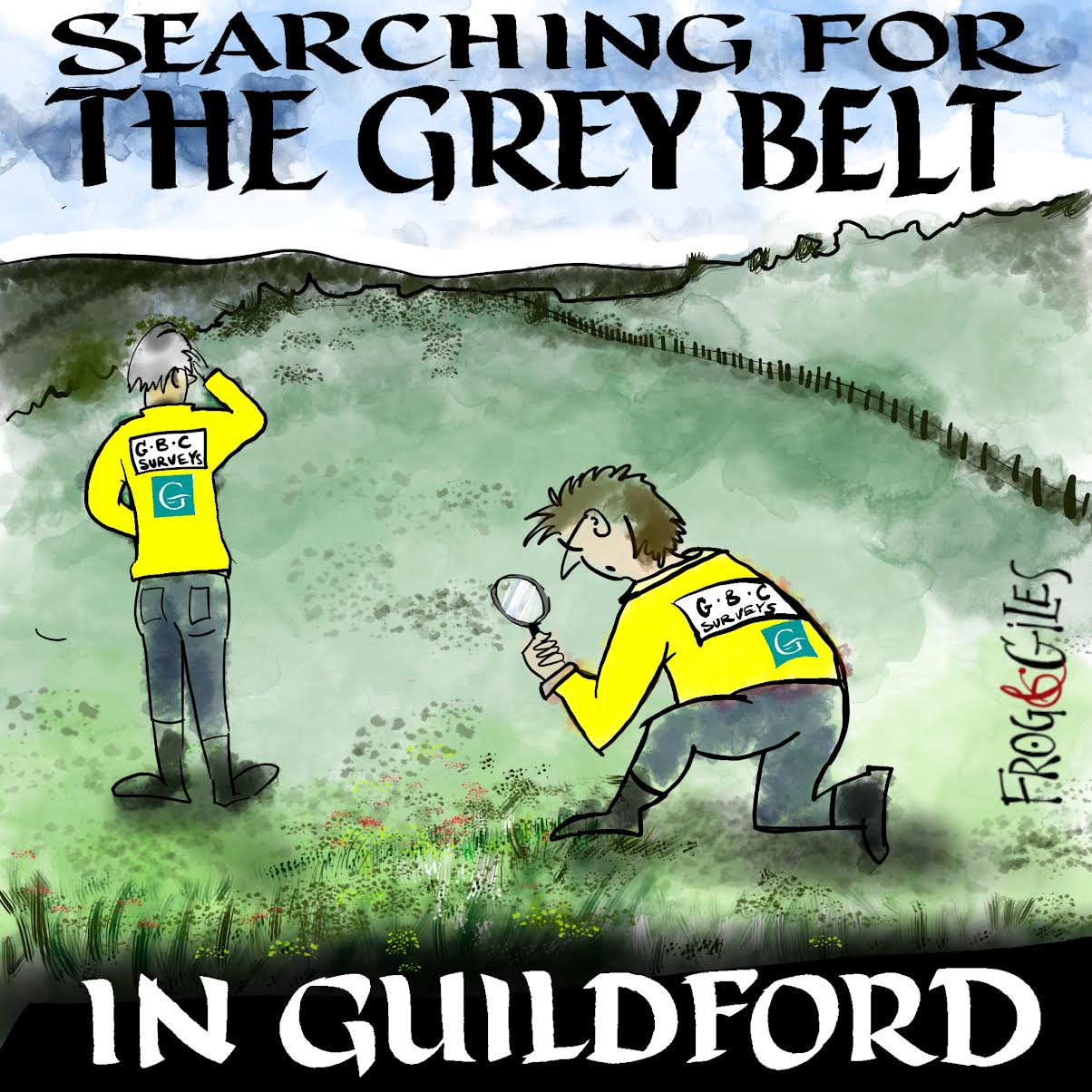
"Found any?" - "Nope, it all looks green to me!" (See Opinion: The Future is Congested, the Future is Grey)


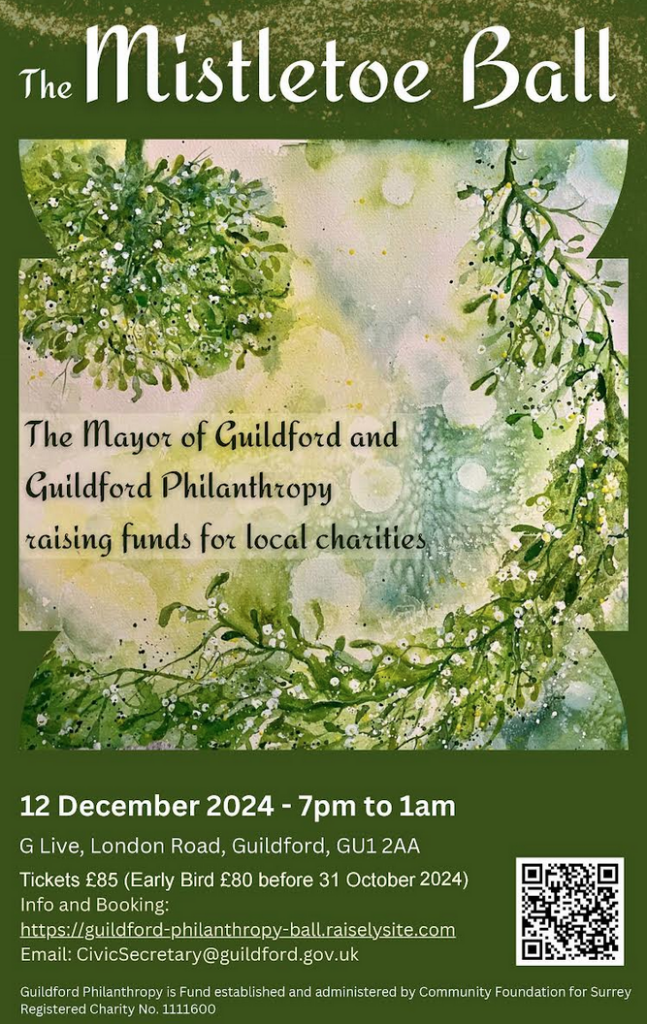

Recent Articles
- Student Named Land Based and Horticulture Learner of the Year
- Artventure Studio Celebrates its 40th Anniversary
- Ash Level Crossing Will Close Before Opening of New Road Bridge
- Updated: Fire at Ash Manor School Tennis Centre Was ‘Accidental’
- Witness Appeal Following Collision on A3 Esher Bypass
- Technical Fault
- Sara Sharif Trial Latest – Sara Was the Victim of a ‘Normalised Culture of Violence’
- Parish Council and CPRE Pleased with MP’s Support for Call In of Solar Farm Decision
- Letter: Memories of Woodbridge Park House and 1950s Guildford
- Letter: The Active Travel Proposal Is the Safest Option for London Road


Recent Comments
- Paul Robinson on Letter: The Active Travel Proposal Is the Safest Option for London Road
- Mike Smith on Photo Feature: Freiburg, Guildford’s Twin – Friends for 45 Years
- Derek Payne on SCC Cabinet’s Decision to Scrap London Road Scheme ‘Called-in’ by Select Committee
- John Perkins on Letter: LRAG Has Morphed from a Cross-community Group into a Pressure Group
- Maria Duarte on Sara Sharif Trial Latest – Sara Was the Victim of a ‘Normalised Culture of Violence’
- Bethan Moore on Letter: We Need to Stop Shouting and Start Listening
Search in Site
Media Gallery
Dragon Interview: Local Artist Leaves Her Mark At One of England’s Most Historic Buildings
January 21, 2023 / No Comment / Read MoreDragon Interview: Lib Dem Planning Chair: ‘Current Policy Doesn’t Work for Local People’
January 19, 2023 / No Comment / Read MoreA3 Tunnel in Guildford ‘Necessary’ for New Homes, Says Guildford’s MP
January 10, 2023 / No Comment / Read More‘Madness’ for London Road Scheme to Go Ahead Against ‘Huge Opposition’, Says SCC Leader
January 6, 2023 / No Comment / Read MoreCouncillor’s Son Starts Campaign for More Consultation on North Street Plan
December 30, 2022 / No Comment / Read MoreCounty Council Climbs Down Over London Road Works – Further ‘Engagement’ Period Announced
December 14, 2022 / No Comment / Read MoreDragon Interview: GBC Reaction to the Government’s Expected Decision to Relax Housing Targets
December 7, 2022 / No Comment / Read MoreHow Can Our Town Centre Businesses Recover? Watch the Shop Front Debate
May 18, 2020 / No Comment / Read More







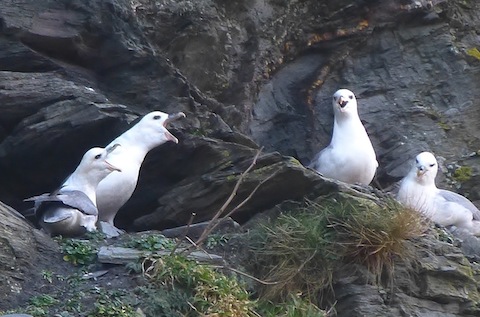



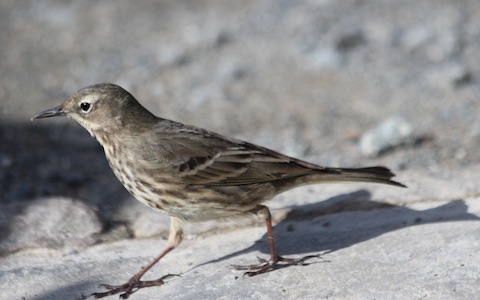

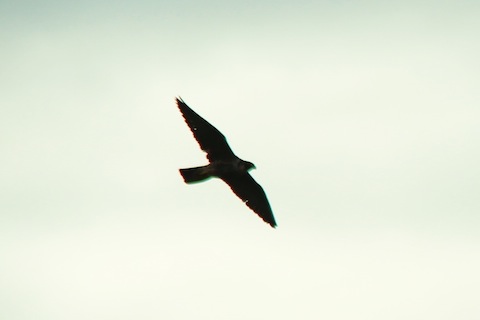


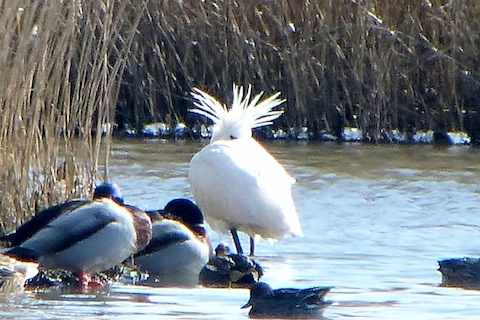
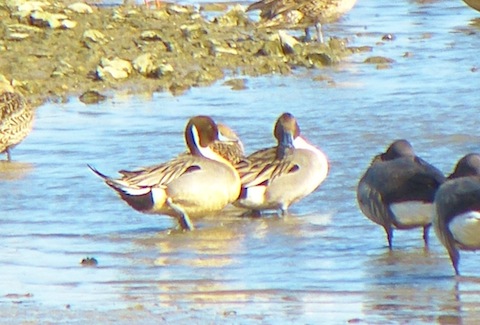
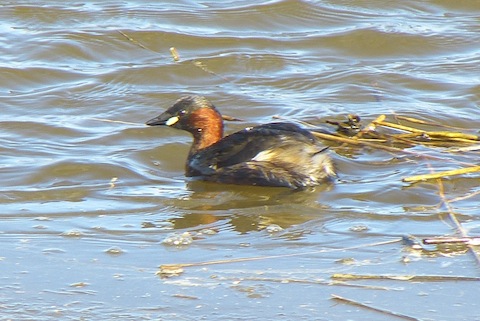


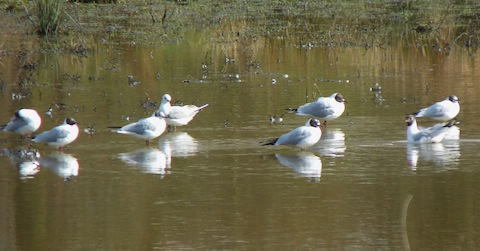
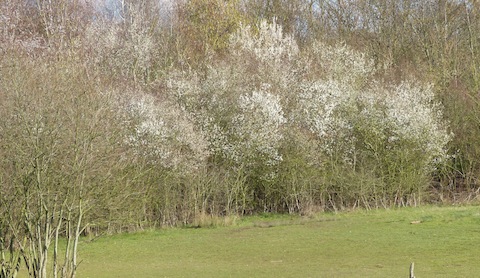




Steve Balchin
March 19, 2013 at 6:19 am
Interesting variety of birds from Cornwall. Great pictures as always. I particularly enjoyed the shot of the yellowhammer.